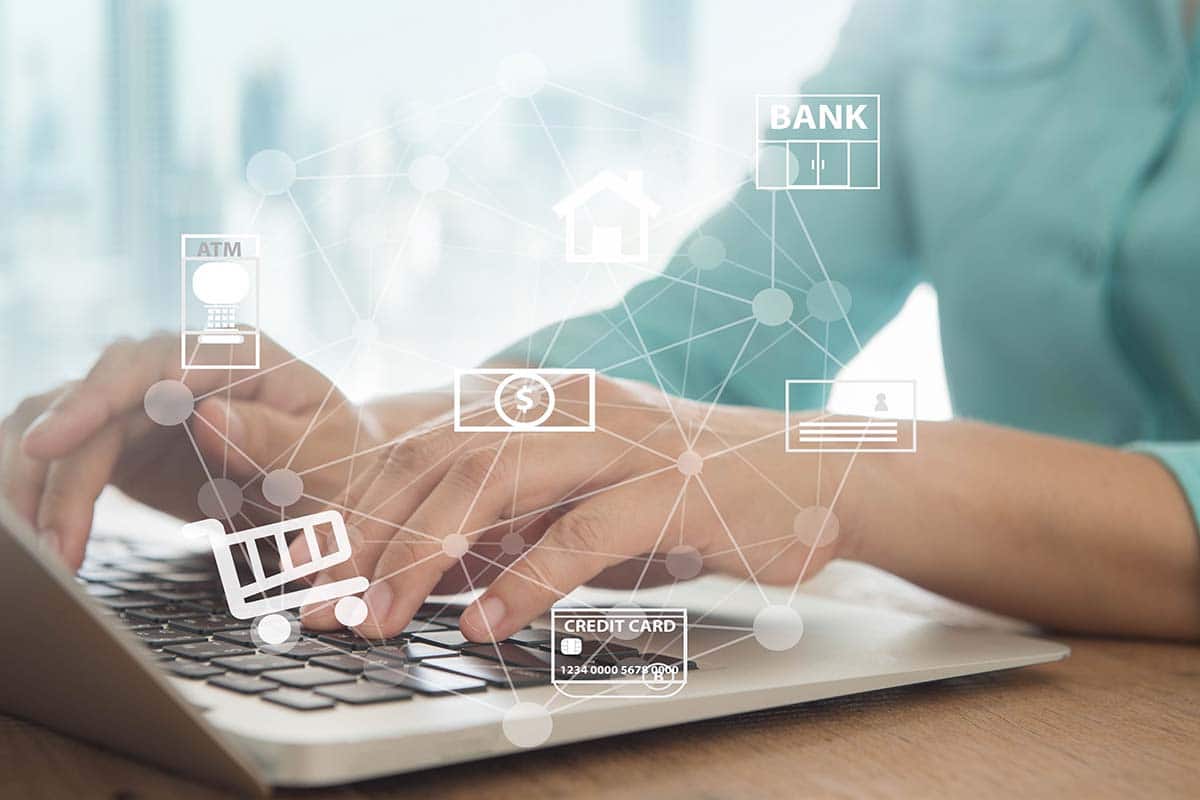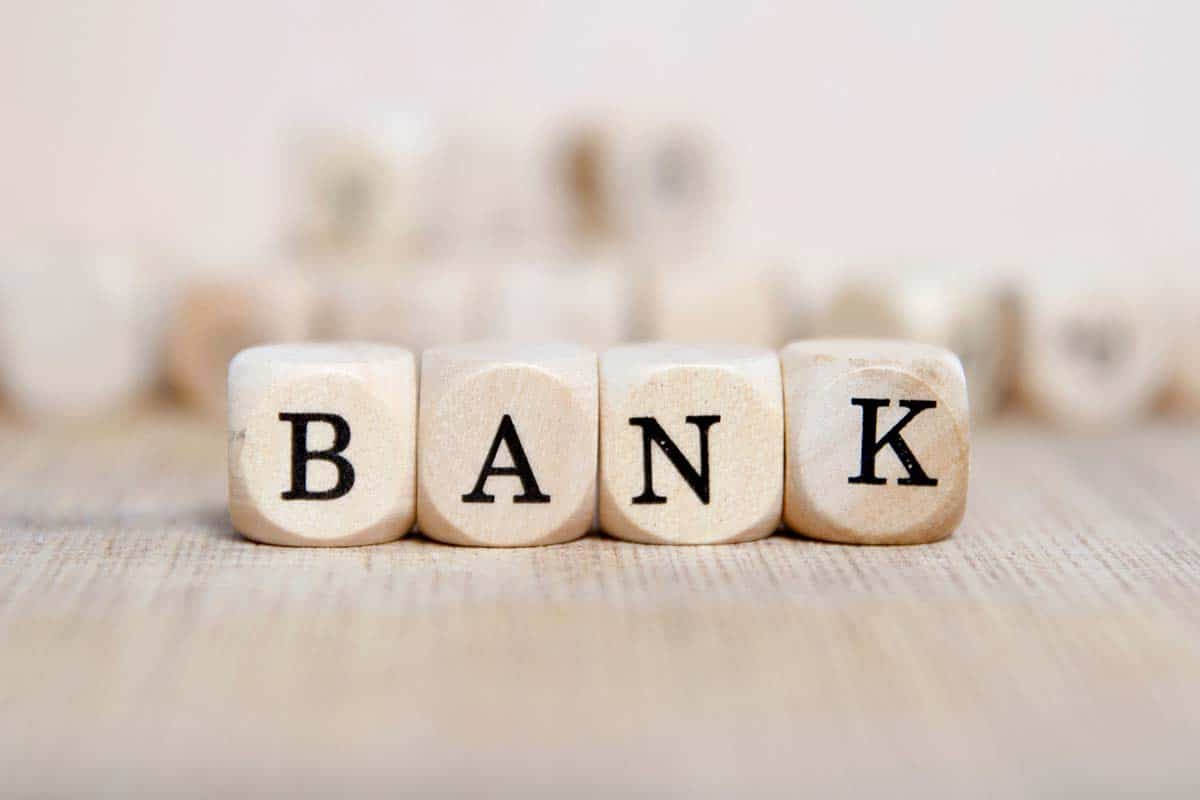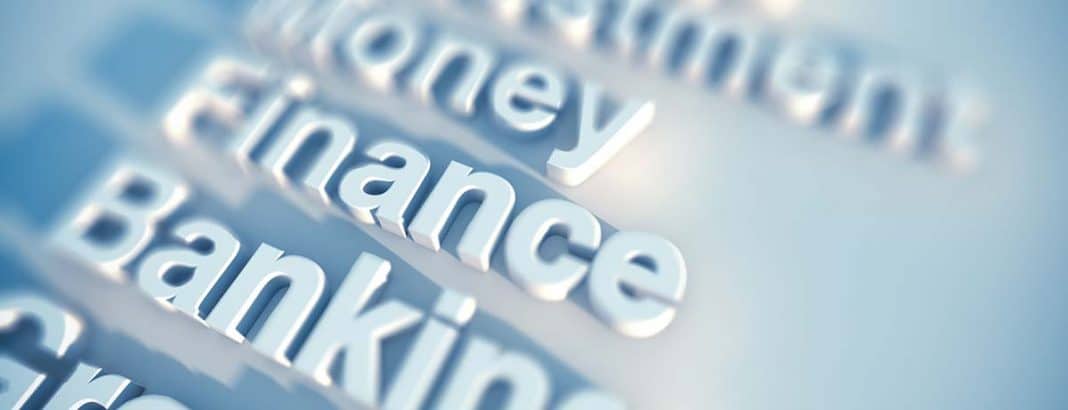eChecks are reliable means of withdrawing funds seamlessly. Perhaps, someone asked you to pay with eChecks or collect eChecks payments from your client; the novel idea may sound strange to you at first. However, you don’t have to worry; herein, you’ll find every piece of information you need to know about eChecking. Let’s begin!

What Is eChecking?
The Basics
A simple illustration to describe eChecks is the traditional paper check. The significant difference between the two means of transaction is that while one performs physically, the other is digital. eCheck enables a digital withdrawal of money from the payer’s checking account via the ACH network into the payee’s checking account.
The Automated Clearing House
The Automated Clearing House (ACH) is an electronic network that facilitates payments among financial institutions in the United States. An organization can automatically withdraw from its client’s bank account to cover goods and services using an ACH merchant account. However, the client has to authorize the eCheck with a signed contract, a recorded voice conversation, or accept the terms and conditions on a website.
How Do You Do An eCheck?
Utilizing eChecks is a reliable means of withdrawing funds. Just as you fill out a paper check and forward it to the business that needs to pay, eChecks can be prepared online and sent digitally to the payers. The whole process helps save time and paper. Below are the processes involved in eChecking:
Authorization
Before you can use an eCheck, the payee needs authorization from the payer to validate the transaction. Since it is through an online payment processor, they handle the assignment by the payment request system. With the system, the payer can conveniently and quickly endorse the transaction with only a few clicks. You can do this process via an online form, over the phone, or through a contract.
Processing
Once they grant your authorization, the payment system will start processing the transaction between the payee and the payer. Since they already set the system’s bills, the process doesn’t take much time in most cases. Without the online payment solution, the payee must submit the amount in dollars and the correct account numbers in the online form to process the transaction.
Finalization
The verification procedure takes place to ensure that routing numbers and account numbers are correct. In some cases, the payment software handles the verification automatically. Other times, the payee has to oversee the validation manually. Once the details are correct, they will submit them officially into the ACH system. From here, they’ll initiate the next stage.
Deposit
Here is the final stage in which they will deposit the fund into the payee’s bank account. After a few days, the money will reflect on the recipient’s account. At this point, both the sender and the recipient will receive confirmatory notifications via email or a printed receipt – the end of the transaction.
Is Paying By eCheck Safe?
The Basics
eCheck is one of the safest means of online transactions. By performing eChecking, the payment gateway provider will verify the information provided. The system has direct access to check the account or through a check acceptance service – regardless of whether the information is submitted directly into the payment processing system or through a secure payment page.
The Personal Information
The client information, including the names and addresses, will be compared with the available information on the issuing bank by the acceptance service. This process is to confirm whether the data matches or not. If the information is not accurate, they will decline the payment. The eCheck authentication process helps prevent fraudulent payment information and ensures that only the authorized body uses the account.
A verification process also secures eChecking, which entails scanning the database, including individuals and the company bank histories. If there is suspicious activity in the account, it will flag the transaction.
Is Echeck The Same As A Debit Card?
eCheck and debit cards are not the same. They have more differences than similarities. Below are the three major areas in which eCheck differs from the debit card:
Usage:
Individuals use debit cards more than business groups. On the contrary, public organizations and businesses commonly use eChecks. However, this doesn’t mean that individuals do not use eChecks. Many individuals use eChecks for retail point-of-sale payment as much as the debit card. Furthermore, unlike debit cards, businesses and individuals use eChecks to receive payments.
Limit:
Due to the multiple risks associated with debit cards, many card issuers often place daily limits on the amounts that you can charge from the card. This precaution includes when the user has enough funds in the account. On the contrary, eChecks are the customer’s liability. Hence, it doesn’t come with limitations.
Liability:
eChecks are obligations of the writers and, thus, they can be refunded by the banks to the depositor in a situation where there are insufficient funds. Contrarily, the bank is obligated to handle authorized debit card transactions and cannot return the authorization in most cases.
How Long Does Echeck Take?
The e-check takes an average of four to five business days (excluding weekends and holidays) to unblock the bank side of the transaction. It can take up to two business days to cash a deposit cheque. And in some cases, it can take five days for the money to become available. E-check transactions do not need to be sent to the bank to authorize the payment.
What Is Check Clearing?
Check clearing means that the bank from the receiver got the money from the sender’s bank. So the check is now clear. If there is money and there are no problems with the check payment, the bank transfers the money from another bank or credit union to the payee. And at the end, he deposits or cashes the cheque.
How Long For Echeck To clear?
Typically, it takes about two working days after the bank cashes in the deposit for a cheque. But it can take more than five working days for the bank to receive the money. On the other hand, some banks may resend cheques issued by a paying institution. But this can lead to a longer delay for depositors. Depending on the size of the check, your relationship with the bank, and whether or not it is a regular deposit, it may take longer.
Why Do Echecks Take So Long?
eChecks take a long period because it passes through different functions and authorizations. eChecking works through the Automated Clearing House network, which processes in batches at a specific time of the day. Hence, after submitting a payment, it will queue and wait for execution.
After payment execution, they’ll send a notification concerning the impending payment. Once the banks receive the reports, the bank will net the amount sent or received – rather than sending the payment one after another.

What is Paypal Echeck?
A PayPal Echeck is a payment made from your bank account to PayPal. This process means an eCheck is a payment credited to your PayPal balance, and the bank transfers the money to the sender’s account. If a person uses PayPal eCheck, the purchaser does not have a credit card or an alternative source of finance attached to his PayPal account. PayPal transfers the payment from your bank account, the only source of money you have assigned to your account, to the eCheck. When a buyer transfers an amount, his bank transfers the money from his bank account to the seller’s Paypal account. After you have paid with eCheck, you can request a refund from the person to whom PayPal sent you money. In retrospect, the eCheck prompt when a customer pays for his item is quite normal. Once the eChecks payment processes, you can request a refund directly from the recipient.
What mean Paypal Echeck Pending?
If a buyer finances their payment with an e-check, it is “pending” on your bank account until the echeck clears the bank. It usually takes up to up to 6 business days for an eCheck to clear and the money to appear in the recipient’s PayPal account.
How To Cancel Paypal Echeck?
It happens that you change your mind about a payment you sent or find that you sent it to the wrong person. At this moment, you may be wondering if you should cancel a PayPal payment. Cancel a PayPal payment or cancel a PayPal transfer if the transaction is pending or unused. Check all outstanding payments to make sure you cancel the correct transaction. Click “Continue to Account History” to access your account and cancel the PayPal transfer. If you decide to do so, contact the seller and let him know that you intend to cancel the eCheck to make a quicker payment. A purchaser can cancel an eCheck at any time after debiting money from his PayPal account and register a credit card to make a payment.
The Bottom Line
Many individuals and business groups who are not in a hurry for payment use eChecks efficiently. With the multiple security systems attached to each transaction, both the sender and receiver are always at peace, knowing that the fund is safe. Hence, if you don’t want to waste your time taking paper checks to the bank, eCheck is a reliable means of transaction to consider.




